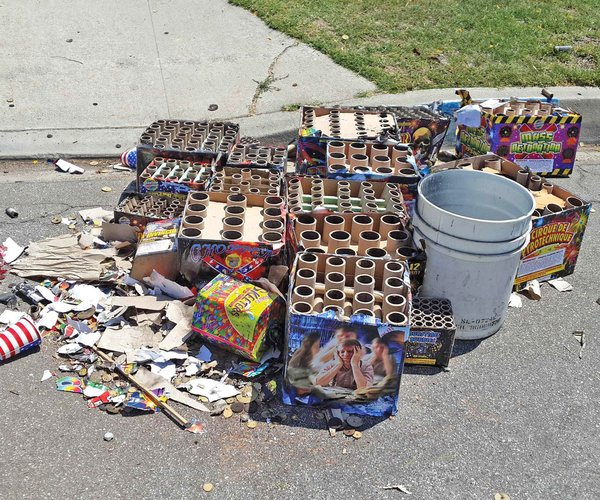The California State Water Resources Board issued curtailment orders to 45 water rights holders in the Sacramento and San Joaquin Delta, including the Turlock Irrigation District. These orders could cause water shortages in the coming years if they stay in place for an extended period of time.
The curtailment order instructs local agencies to immediately stop diverting flows to rivers. The Turlock Irrigation District, along with the Modesto Irrigation District, owns and operates Don Pedro Reservoir that is a collection site from the Tuolumne River and main source of irrigation water.
The current water year will be coming to a close on Oct. 1, and there is enough water stored for the rest of the year, according to TID. Also on Oct. 1, the state water board will rereview the curtailment and determine whether to lift it or not.
“There’s not really much water coming down anymore, so what’s going to be stored from this really dry year is already stored,” said TID Communications Specialist Brandon McMillan. “So, while they’re calling for a seizure of diversions, at least for TID, it really doesn’t impact us this year. We will be able to meet all of the demands of our farmers this year. However, this could have a significant impact in 2022 and beyond if the curtailments aren’t lifted.”
These are the first curtailment orders Turlock has faced. The State Water Board issued these same orders during the last drought in 2015. Those orders were challenged legally and the state lost those curtailment orders. According to McMillan, TID is potentially going to file a petition for reconsideration to the State Water Board regarding these orders and “have not ruled out seeking an injunctive relief.” TID is also looking to file a legal challenge with other agencies as a joint powers group called the San Joaquin Tributaries Authority.
The State Water Board has stated its goals for the curtailment are to: Protect drinking water supplies, prevent salinity intrusion in the Delta, and to minimize impacts on the fisheries and the environment.
“TID’s position is that the Tuolumne River doesn’t need these curtailment orders because TID is meeting these goals based on our operations,” said McMillan.
According to McMillan, TID believes that local entities are best equipped to manage water related issues pertaining to their own communities.
“We are locally owned; we have a five-member board who are locally elected officials. We have local control here. Because we have that local control, we were able to make good, smart and proactive decisions. The board was essentially able to save water and help us get through a multiyear drought. Within that we are still meeting our requirements, or going beyond them, for instream environmental flows. We’re still making all the releases we’re required to for the environment and we already set the water aside to make the releases for next year,” he said.
Don Pedro is currently at a low level right now and water, rain and snow is needed to refill the reservoir.
“So much of the economy in our area is based on agriculture. Whether it’s the farmers or the food processor, like Blue Diamond, therefore so much of the area revolves on TID having ag and revolves around TID having water. We need to be able to refill Don Pedro, to refill Don Pedro we need to be able to store water and we can’t store water if the curtailment orders aren’t allowing water to run.” said McMillian. “If we go into a third year of the drought, where the first two years have already been drier than the last drought, that puts us in a really tough spot to help our farmers.”
The curtailment could also have an effect on the area’s groundwater resources, which is the only source of drinking water for Ceres, Hughson, Keyes and Turlock residents.
“TID is the biggest recharger for groundwater in the area, McMillan said. “Even bigger than rain is irrigation, so when farmers flood irrigated fields, that flood irrigation soaks down the aquifer and recharges it. If we can’t use that to recharge the sub basin and recharge the groundwater, then that could be a really big issue.”
Ceres and Turlock are jointly building a surface water plant to use comingled ground water and treated Tuolumne River water.





